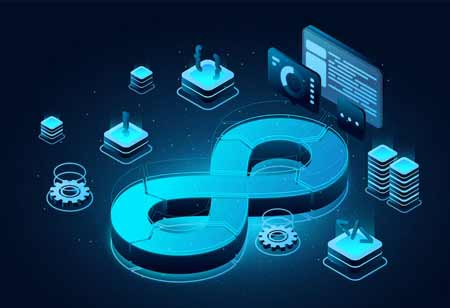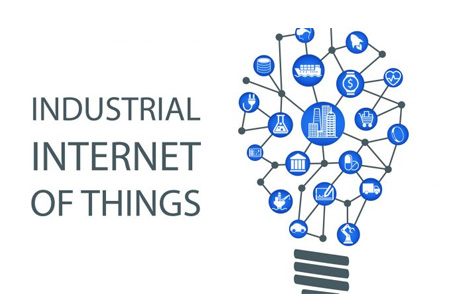THANK YOU FOR SUBSCRIBING
A Proactive Approach: Deceiving Cybercriminals
In a nutshell, by leveraging deception technology, organizations not only can safeguard information but also keep attackers and cybercriminals at bay.

By
Apac CIOOutlook | Thursday, January 01, 1970
Stay ahead of the industry with exclusive feature stories on the top companies, expert insights and the latest news delivered straight to your inbox. Subscribe today.
The enterprise security operation centers (SOCs) are currently under extreme scrutiny following the data breaches that have rocked the IT world in the last couple of years. Security events, ranging from firewall, endpoint, and server to detection system breaches are triggered from all corners of the security stack. More than that, there is an immense resource crunch in the security teams of big corporates. All of it culminates into a massive failure of detecting incoming threats. Since all online communication doesn't translate into potential risks and while the cybercriminals become more and more sophisticated, having a robust SOC is incumbent. This is important for organizations of sizes as detecting a threat proactively can mitigate the risk of losing valuable data. One of the most trending technologies that have gained immense traction in the last few years is deception technology.
Many organizations are aware of the attacker's intention, the data that they are trying to leak, and how they might attack. By leveraging deception technology organizations use this information against the cybercriminals. The objective of deception technology is to lure attackers to assets that look real but in reality aren't. It can be achieved by employing different methods such as traps in the network, on the network endpoints or servers among many others. This eventually leads to revealing the identity of the cybercriminal or the group of attackers and hence ensures the security of the data in procession.
In a nutshell, by leveraging deception technology, organizations not only can safeguard information but also keep attackers and cybercriminals at bay. Although there is nothing permanent in the cybersecurity domain, this technology should be able to keep threats in abeyance until the next level of sophistication in cybercrimes is discovered.





